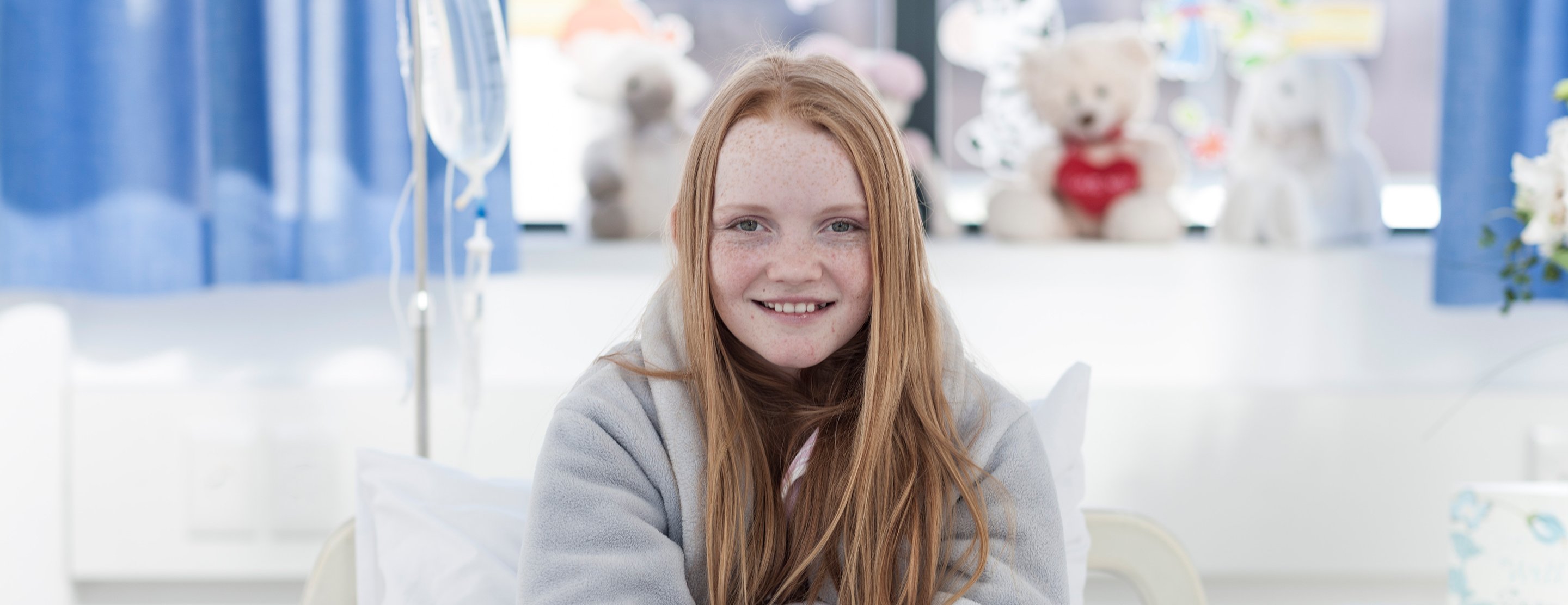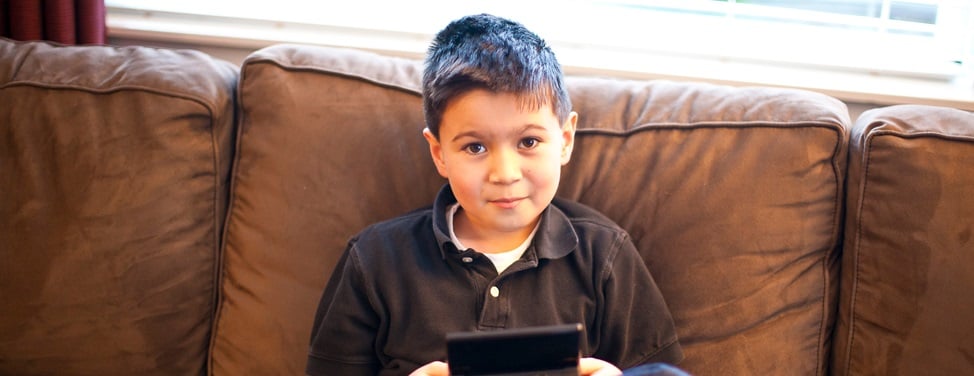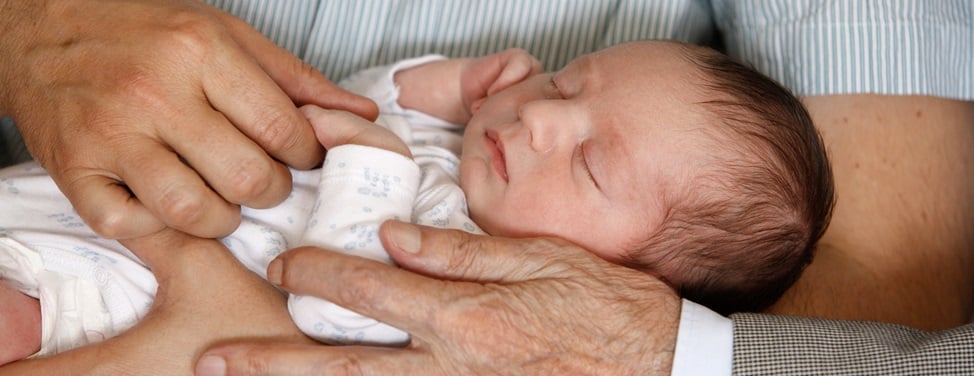What to Expect Post Operatively
A small catheter will be left in the continent abdominal stoma postoperatively in order to allow for healing and formation of a catheterizable channel. Approximately 3 weeks after the operation, an appointment will be made to have a cystogram (or X-ray picture) of your child's bladder. If all looks well, the catheter in the appendicovesicostomy will be removed. At that time, intermittent catheterization of the appendicovesicostomy will be reviewed, demonstrated and practiced. If you are traveling from a long distance, we encourage you to plan to spend the night in town. This will enable you to practice catheterizing and to learn to feel comfortable with the procedure while you are near to our offices. We may clamp the supra-pubic catheter overnight. You will return to the office the next day. We will have you cath with us one more time, and this will provide you with an opportunity to address additional concerns, if you should have any. At that time, the supra pubic catheter will be removed. If your family is traveling a great distance, we suggest a catheter or feeding tube be placed in the stoma connected to a drainage bag during the journey home. Once you are at home, you will begin clean-intermittent catheterization through the new continent stoma.
Instruction for Clean Intermittent Catheterization via Continent Stoma
| Procedure Instructions | |
| 1. Wash Hands. |
|
| 2. Assemble equipment. |
|
| 3. Cleanse the stoma with mild soap and water, or with a handiwipe. | |
| 4. Lubricate catheter tip. | |
| 5. Hold the catheter near the tip and insert it into the stoma until urine flows. |
|
| 6. Place the other end of the catheter in the toilet or collection container before urine flows out of the catheter. |
|
| 7. Withdraw the catheter gently and slowly. |
|
| 8. Clean the catheter equipment and store in a clean container. |
|
| 9. Measure the urine, discard it and rinse the container. |
|
| 10. Wash hands thoroughly. |
|
Helpful Hints
Frequency
The first day or two, it is important to catheterize every 60-90 minutes throughout the day. After a day or so, you can decrease the frequency to every two hours and then decrease to every 3 hours. We recommend that you catheterize every 3 hours from that point on. Depending on your child's situation, nighttime catheterization may or may not be indicated. Many times it is sufficient to catheterize before bedtime and immediately upon your child's waking in the morning. Your surgeon may recommend leaving the catheter in overnight and attaching it to a drainage bag. This may be a good idea during the first few weeks, when there is an extra large amount of mucous in the urine. In the morning, remove the catheter and resume your routine every 3 hours.
Catheter Care
Catheter care involves washing catheters with soap and water. It may be helpful to use a water-filled syringe to flush the catheter. Lie catheter on a towel or hang it to dry in a clean, appropriate and designated area. Catheters may be reused multiple times. Some patients use the same catheter for months and remain infection-free. The key is the frequency and consistency with thceathing. Use common sense when assessing your child's catheters. If the catheter appears cloudy after washing it or becomes too soft to insert due to multiple washings, it may be time for a new one.
Tips for school-age children, children in day-care, or those away from home for several hours (ie, those in situations which will make it difficult to clean the catheters):
- Take as many catheters as you will need to catheterize while away from home.
- Take an extra plastic baggy or container to put the dirty catheters in to wash later at home.
- Take extra handy wipes to clean hands in case the bathroom is out of soap. It may be cleaner and easier to wash your hands with the wipes after getting set up to cath, but before touching the clean catheter.
Catheter Output
It is important to be aware of catheter output. For the first few weeks, it is a good idea to measure the amount of urine drained with each catheterization. Your surgeon and nurse practitioner will review normal urine volumes for your child. If your child's output decreases significantly, it may be attributed to a few different reasons:
- Perhaps the catheter is not being inserted completely into the bladder and some urine is remaining within the bladder. Be careful to move the catheter around a bit. Try rotating the catheter gently before withdrawing it completely.
- Your child may be drinking less.
- Your child may get dehydrated for other reasons.
Bladder Irrigation
We expect a considerable amount of mucous and possibly a few blood clots to appear in the urine. This is normal. Because of this, it is important to irrigate the bladder twice daily for the first weeks post-operatively.
The irrigation procedure involves flushing the catheter with 40cc of normal saline (salt water). Your nurse practitioner or doctor will review the procedure with you and your child before you leave the hospital. After the indwelling catheters are removed, and you are catheterizing intermittently, it is not necessary to irrigate unless the urine output decreases. A decrease in urine output may indicate a blockage caused by mucous. If in doubt, then irrigate. It does not harm and may be just what is needed.
Follow-up Studies and Visits
This will vary in some cases, but in general after the follow-up Cystogram (3 weeks post-operatively), we recommend:
- Renal ultrasound in 4-6 weeks
- Repeat urodynamics 3 months post-operatively
- Regular contact with our office for questions, problem solving and news (hopefully that all is going well, but we would like to know either way). We can be reached at 510-428-3402.
- Office visit after 6 months
- Urodynamics annually for a few years
Ditropan
Ditropan (oxybutynin) is a medication that acts to relax the bladder, allowing it to hold more urine. By relaxing the bladder, it also helps to prevent urine from backing up into the kidneys. It should be taken three times a day, spread out as much as possible; usually first thing in the morning, just before bedtime, and halfway in between. For babies and children, the dose is determined by weight and will need to be adjusted as the child gains weight.
Side Effects
The most common side effects are dry mouth, facial flushing and constipation. Ditropan does not allow the body to perspire normally, which can cause the dry mouth, facial flushing and in some cases over heating. Your child experiencing side effects does not mean you need to stop the medicine, but the dosage may need to be adjusted.

































